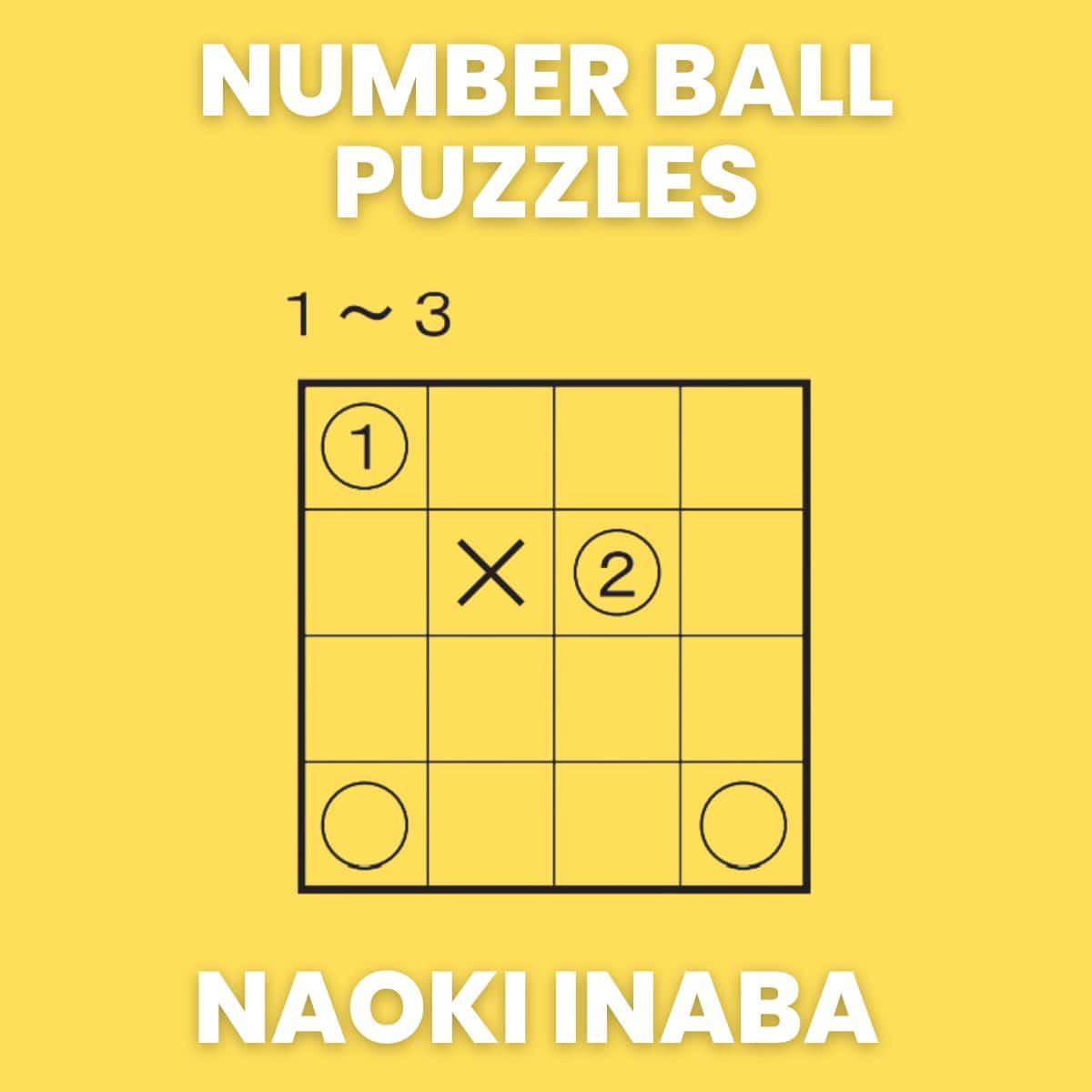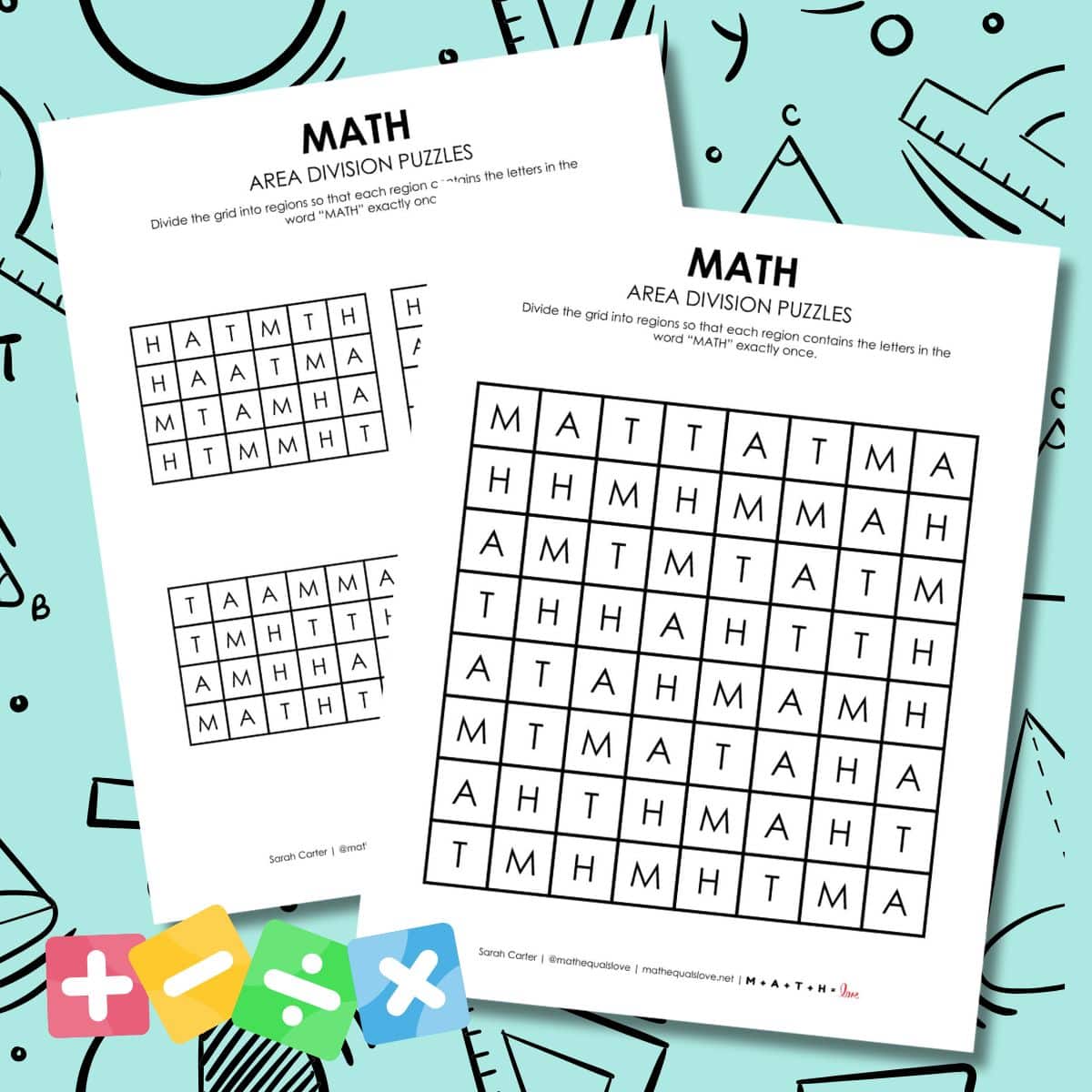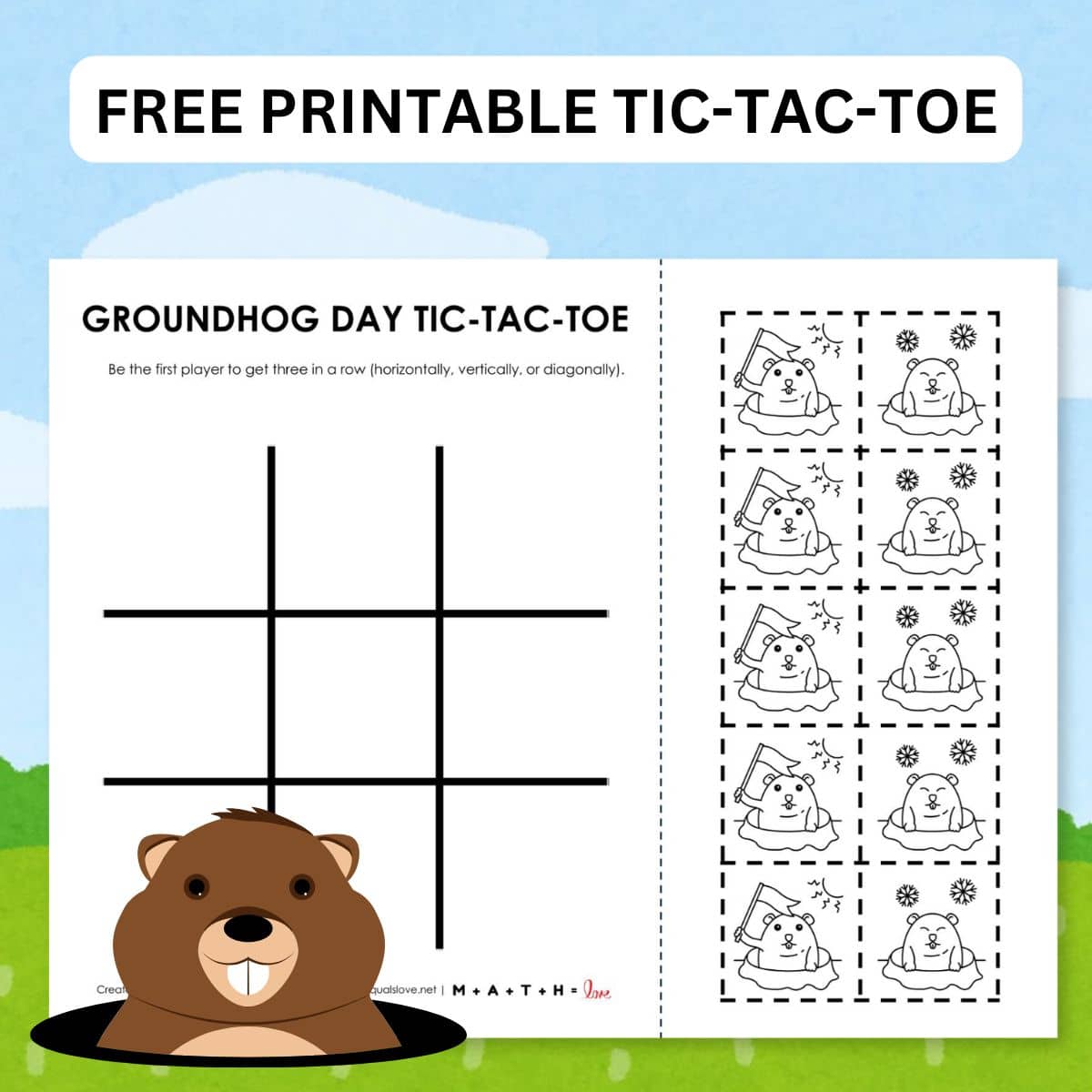Non-Standard Operations Foldable
Last year was the first year that non-standard operations made an appearance in Oklahoma’s math standards. That was also the year that I mistakenly thought that I would just throw non-standard operations into the same skill as evaluating expressions. After all, they are pretty much the same thing, right? Though I may have thought so and still think so, my kiddos did not agree.
This year, having learned from last year’s experience, I made non-standard operations their own separate skill that immediately followed the skill of evaluating expressions.
Here’s what our notes ended up looking like:
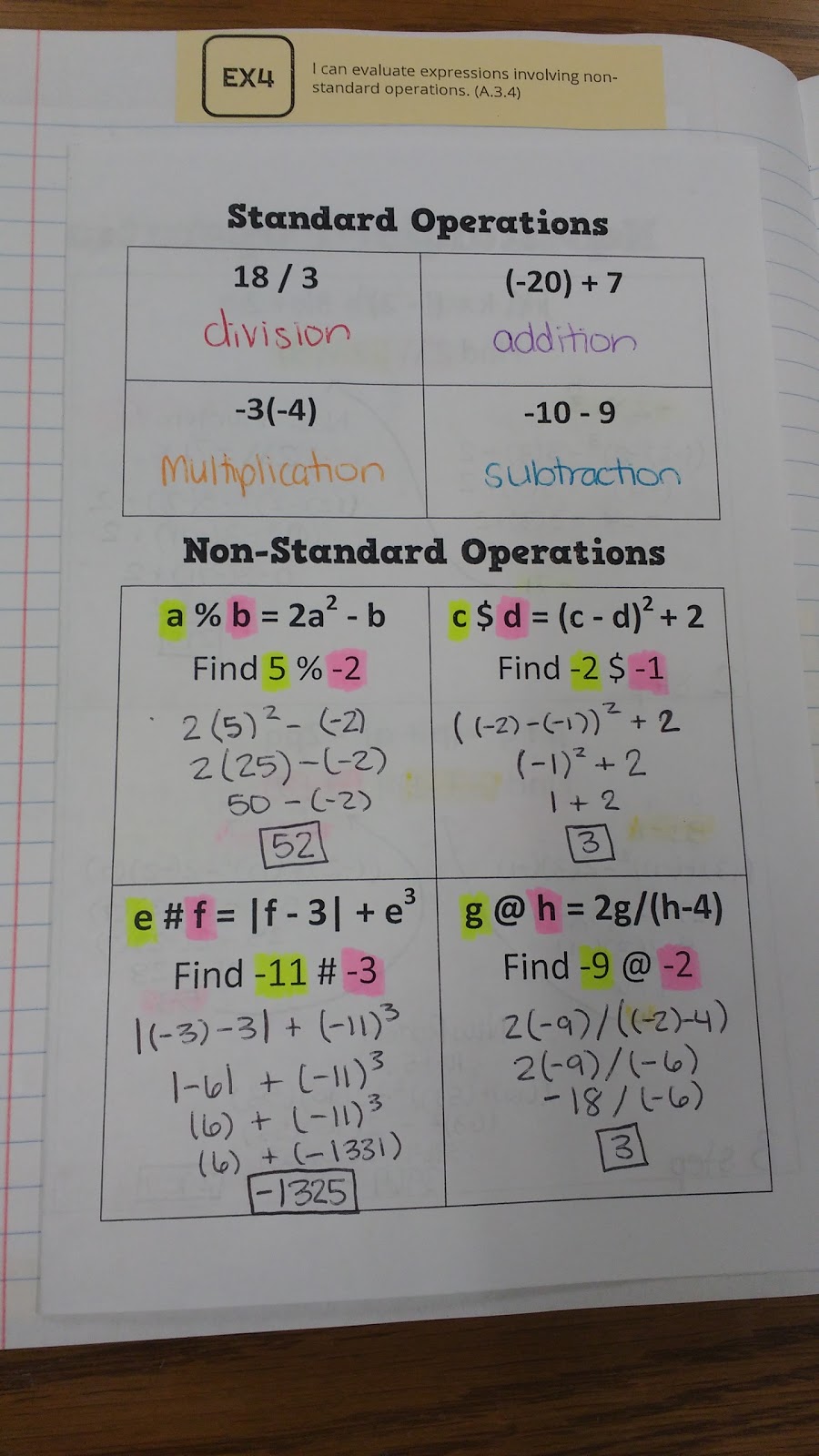
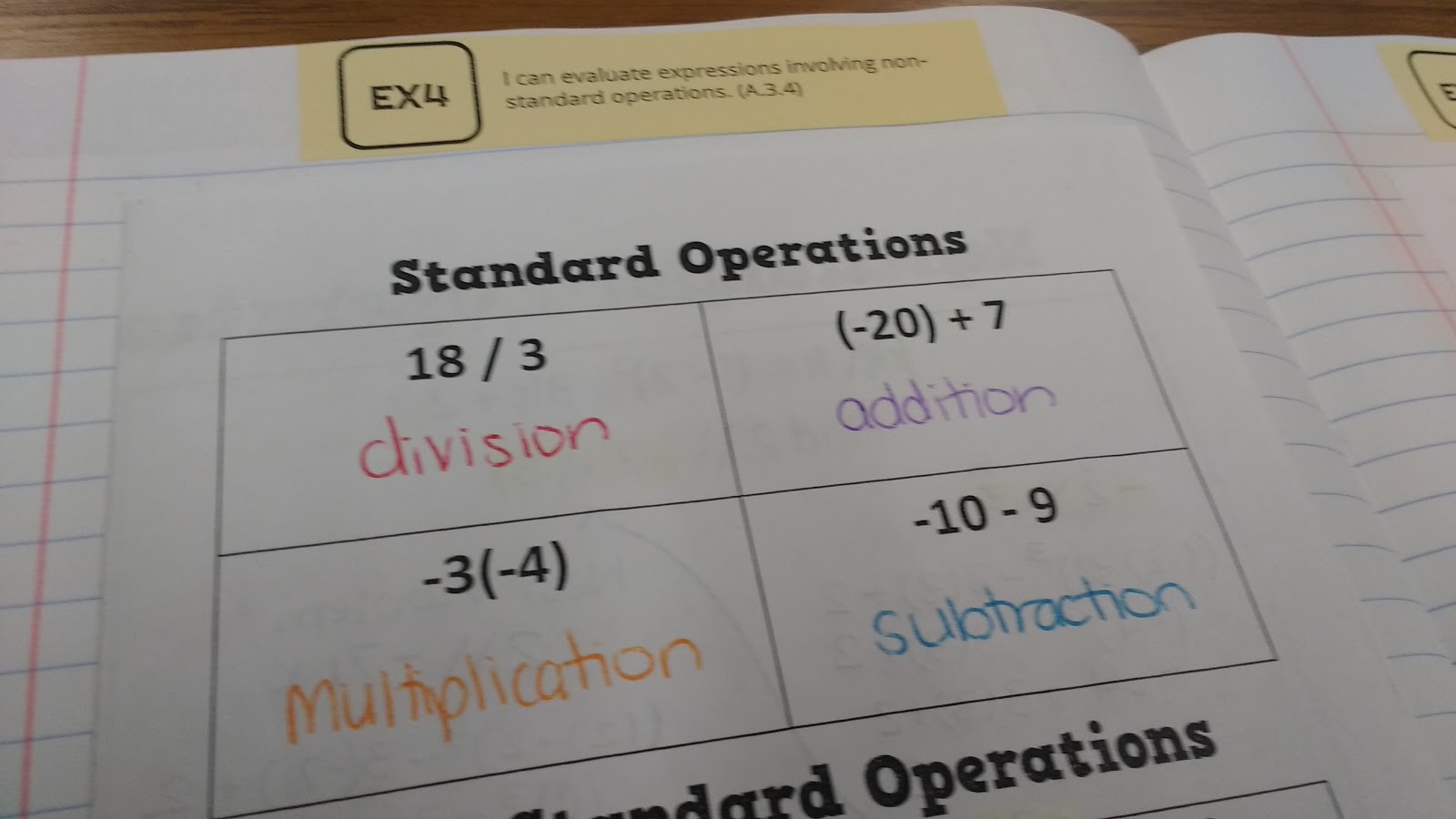
I decided that before we could discuss non-standard operations and all their weirdness, we needed to refresh our memory of what the standard operations were first. My students eagerly filled in the meaning of each of the symbols.
Then, we moved along our merry way to non-standard operations. Class, what does it mean when we have a percent sign in our problem? My students were full of ideas. Some thought it meant we should divide by 100 or move the decimal. Others insisted that it had no place whatsoever in a math problem. Therefore, we shouldn’t do the problem. Sorry guys. No such luck.
I started to ask some leading questions. What variable is in front of the percent sign? A. Good. What number is in front of the percent sign? 5. Great. So, what number do you think we should plug in for a? 5. Awesome!
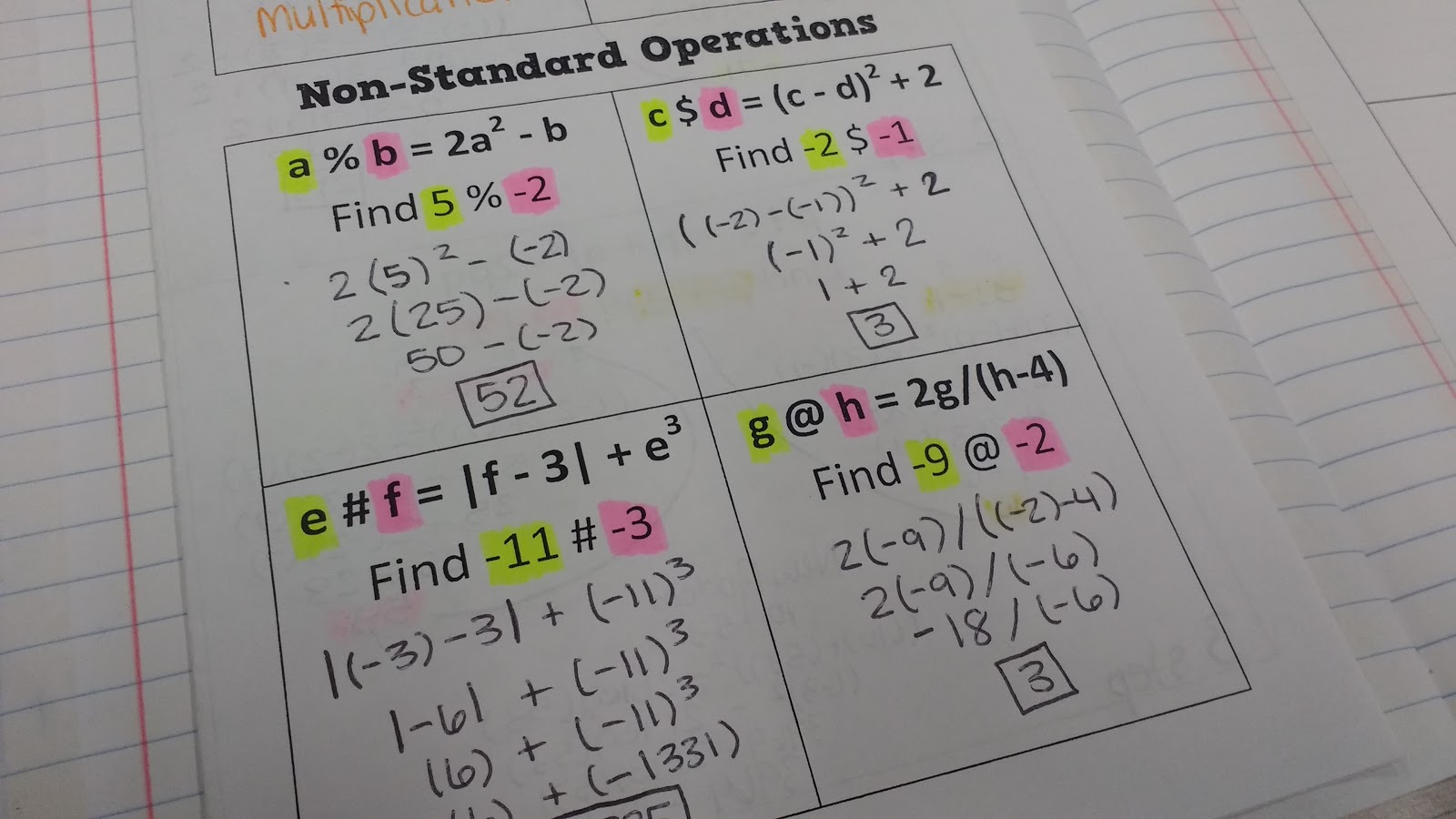
This is when I let them in on the trick. Non-Standard Operations problems are really the same type of problem we have been doing (evaluating expressions.) They are just written using a secret code.
I proceeded to tell them about the days before non-standard operations were in the Oklahoma standards. My students would come back from taking the ACT over the weekend. When I asked them how the test went, they would quickly tell me that there was a weird symbol on the test that I had never taught them! Whenever I would write a made-up question on the board and work it out for them, my students would be so frustrated that they had missed a question that was easy but had only looked complicated.
Here’s an example from an old Preparing for the ACT PDF (59F).
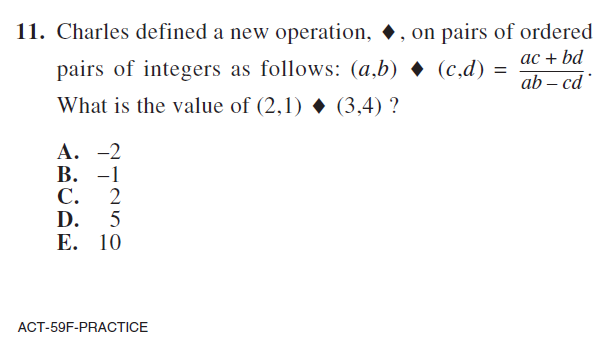
Though my students were wary to tackle these problems, we proceeded. After cracking the code for the first few problems and figuring out that the weird symbol is just there as a clue for which number to plug in for which variable, my students were soon on a roll.
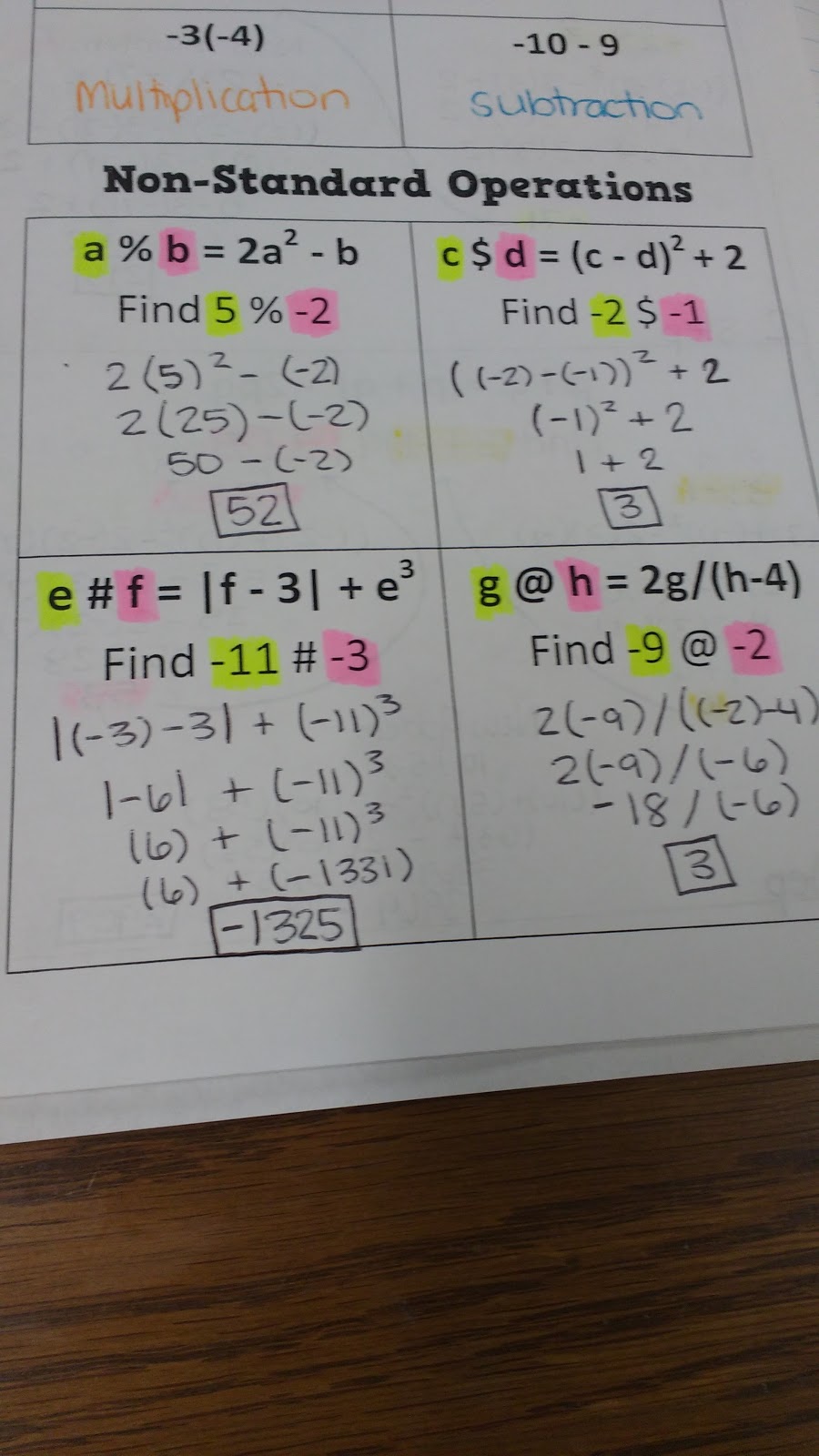
Then, we hit the inside of the foldable.
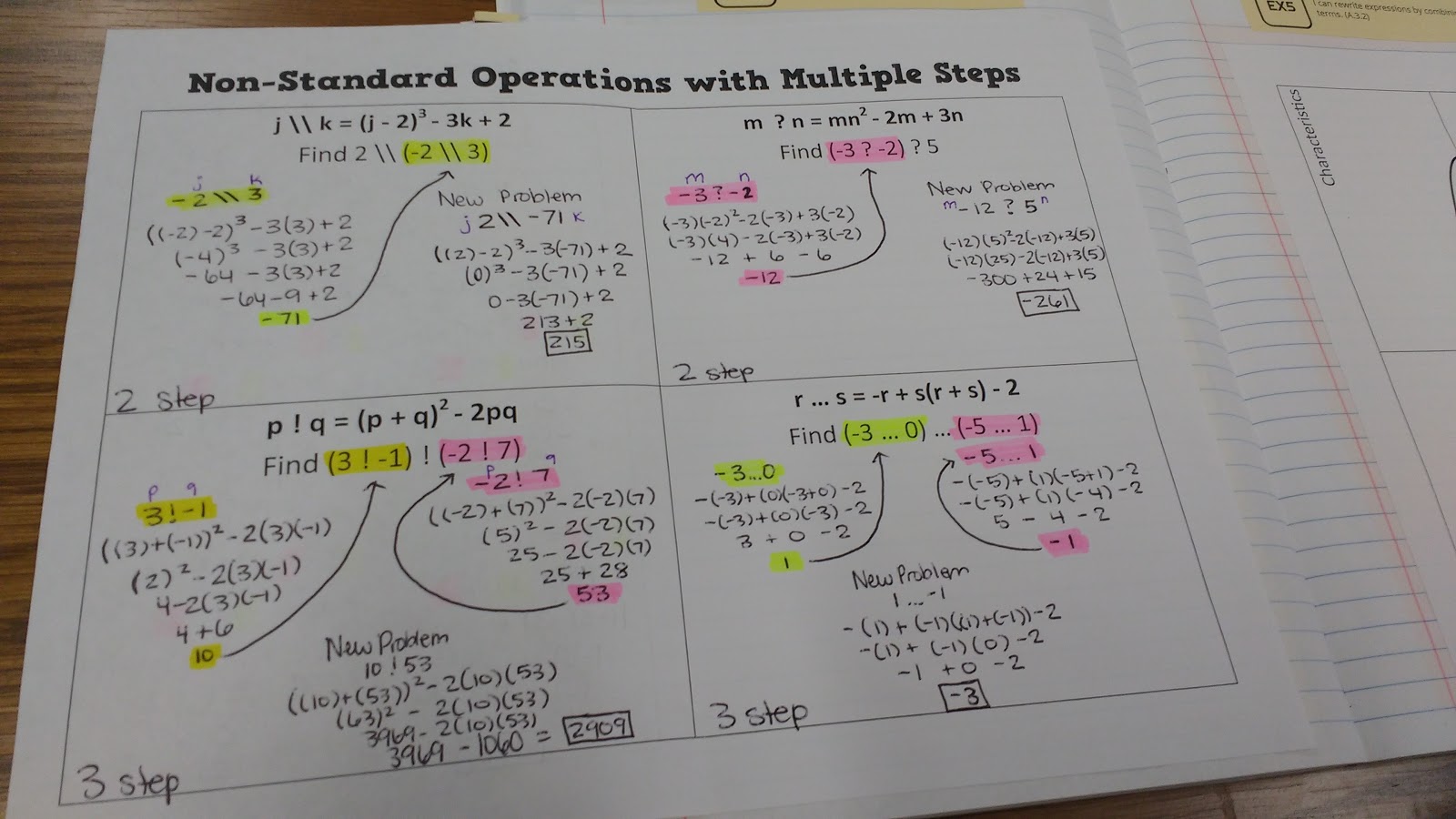
There was confusion. There was panic. Things were NOT good. You see, suddenly there were more numbers than variables. Whatever should we do? When I grew tired of the looks of confusion coming from my students, I asked them what we would do first if this was an order of operations problem. Parentheses! Okay then, let’s do the parentheses. But, what about the 2? Is the 2 in the parentheses? No. Then, let’s not worry about the 2. Let’s do what’s in the parentheses first. But, there’s a 2 in front. What do we do with the 2? Just trust me. Let’s do the parentheses. Then, we’ll talk about what to do with the 2.
They weren’t happy about it, but they were eventually persuaded to move on and try the parentheses.
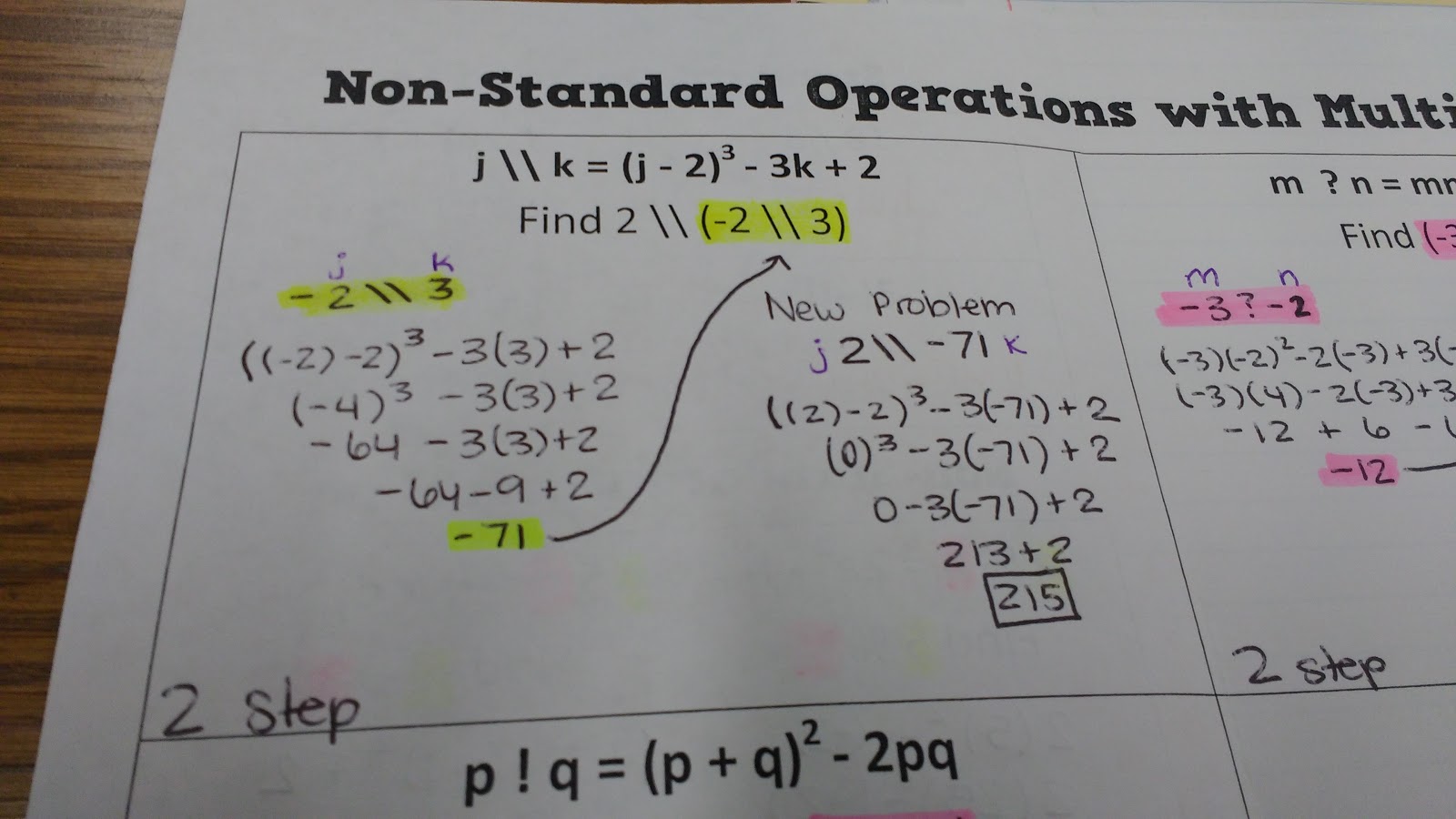
After solving the problem in parentheses, we replaced the parentheses with the value we had just arrived at to find our new problem to solve. Some students were confused about whether -71 would be our j or k in the above problem. I had to remind them to look at where the parentheses were in relation to j/k to figure out what -71 would be. This was something I had to remind my kids of throughout this skill.
After slogging through that first problem, we started to pick up some speed.
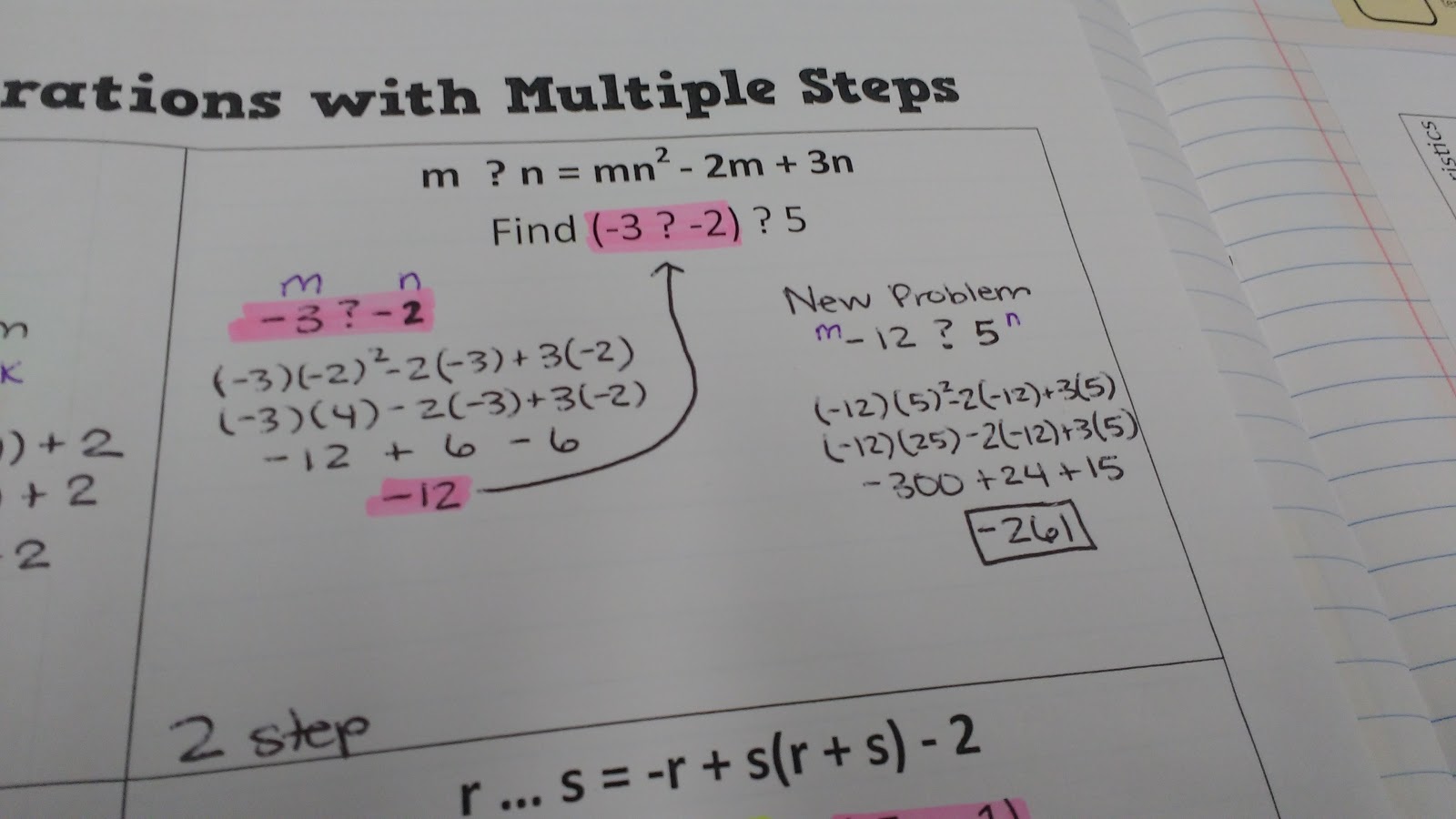
Then, panic ensued once again. Until, of course, someone suggested that this was just a three step problem. We’d do each set of parentheses then take our values and do the problem one last time. There were groans and complaints, but we moved forward. The biggest complaint was that there wasn’t enough space in the box to write all three steps.
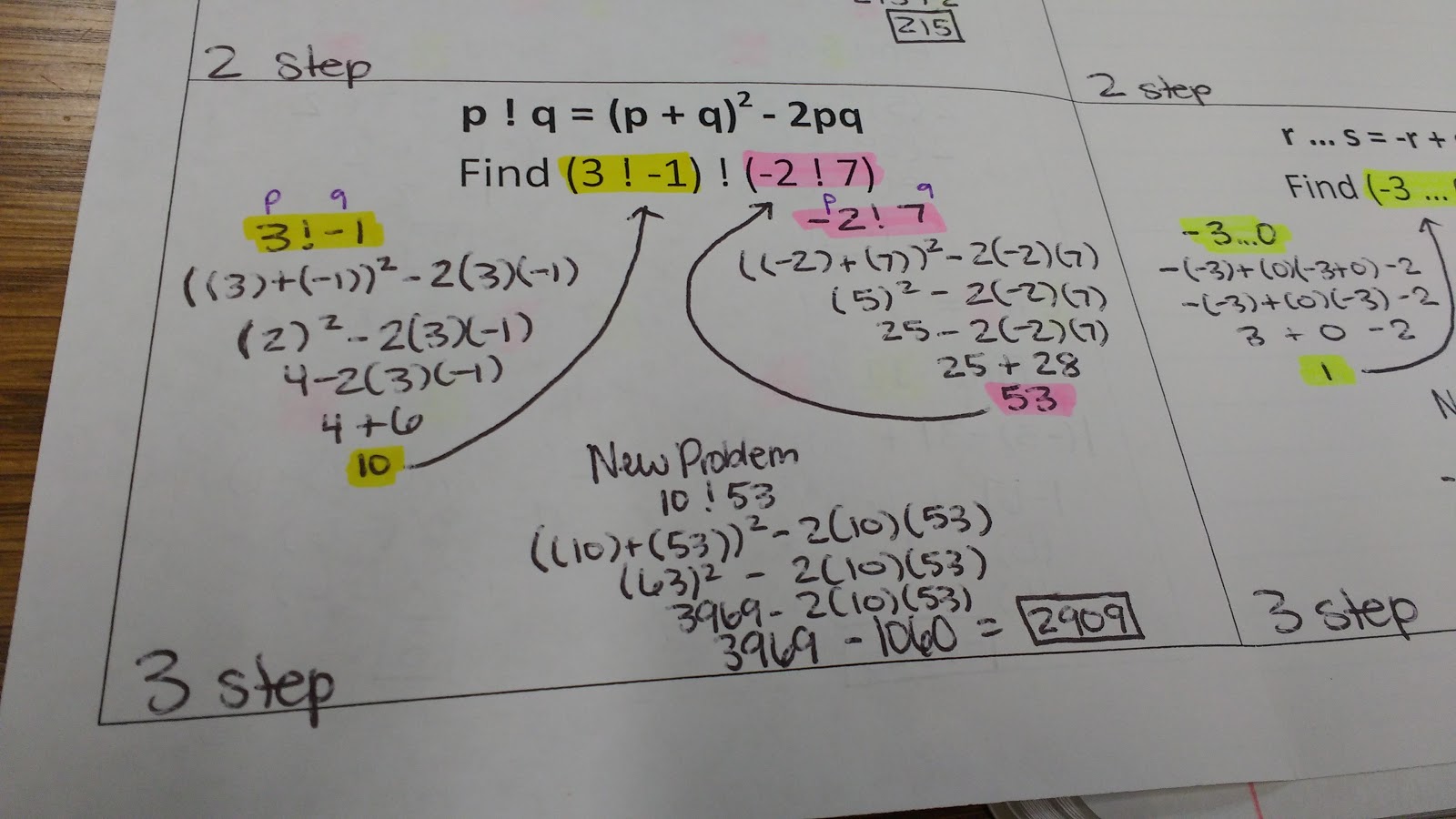
I was super proud of my students when they asked if they could do the last problem all by themselves!
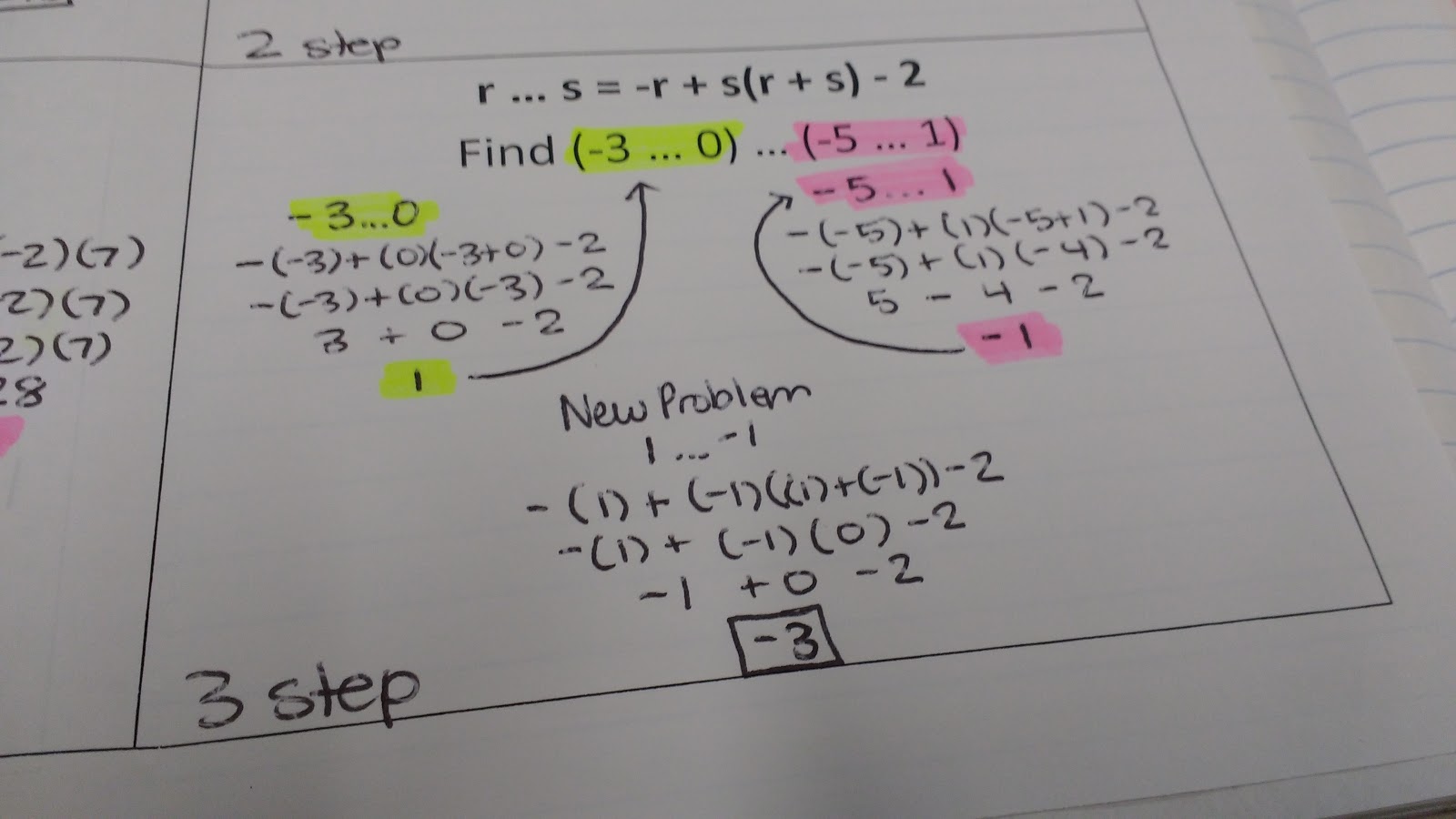
Overall, I’m much happier with how our notes for non-standard operations turned out this year. Next year, I do want to edit a few of the questions. I gave them a quiz question that had a plus sign between two sets of parentheses instead of the non-standard operation, and every single kid treated it as the non-standard operation instead of adding their two answers. So, I’d like to change things up a bit next year so kids don’t get into such a routine that they do things without thinking!
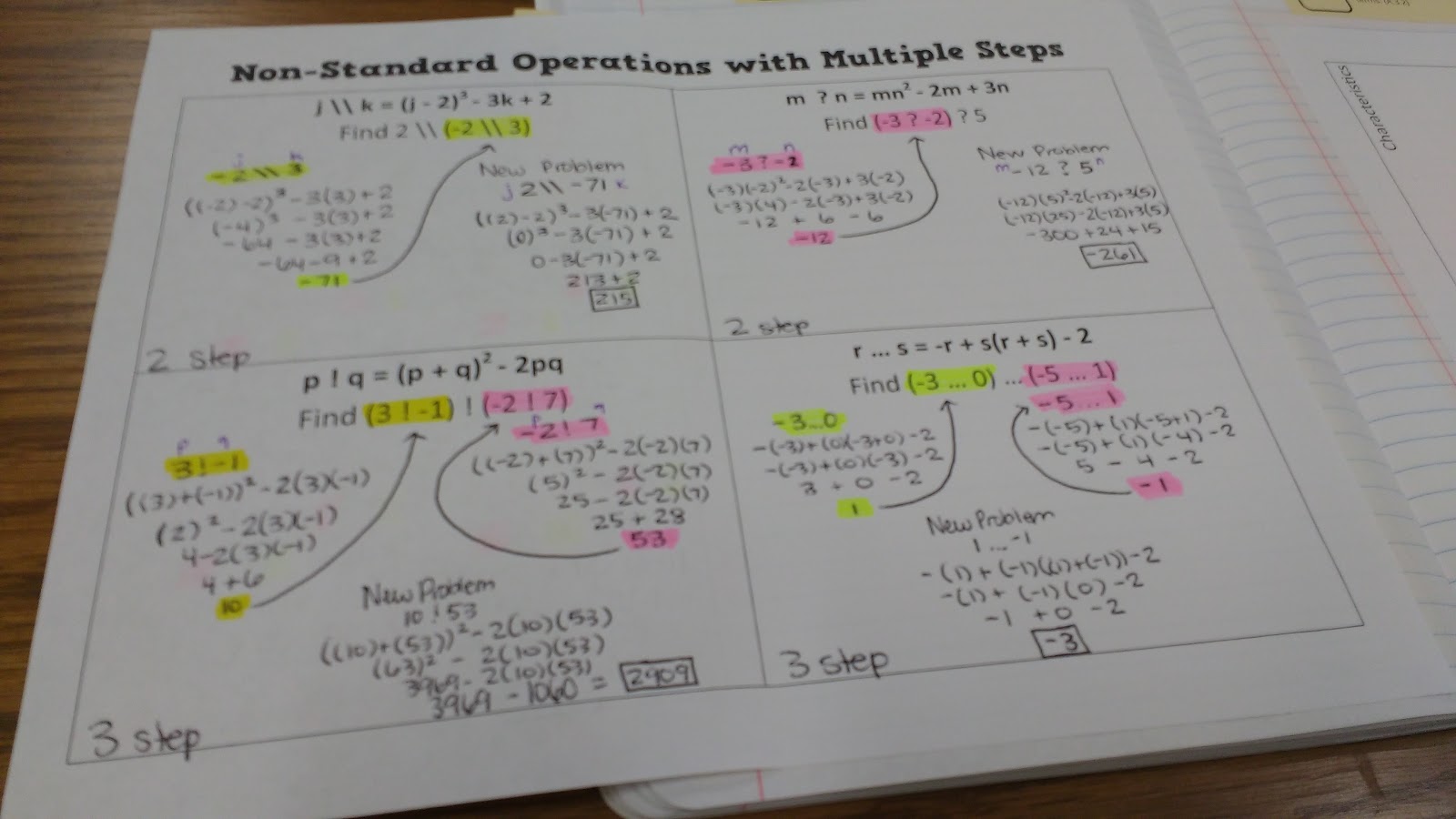
After completing the notes, my students were still pretty shaky and needed lots of practice. We achieved that through an Add Em Up activity that I blogged about here and a sorting activity that I will blog about soon!
Free Download of Non-Standard Operations Foldable
Click here to Download
Non Standard Operations Foldable (PDF)
1267 downloads – 670.46 KB



